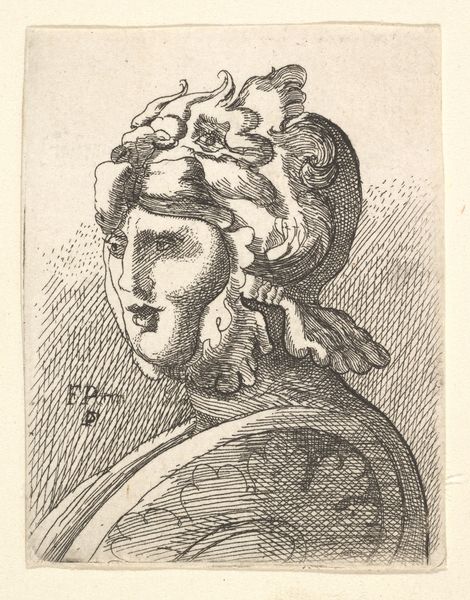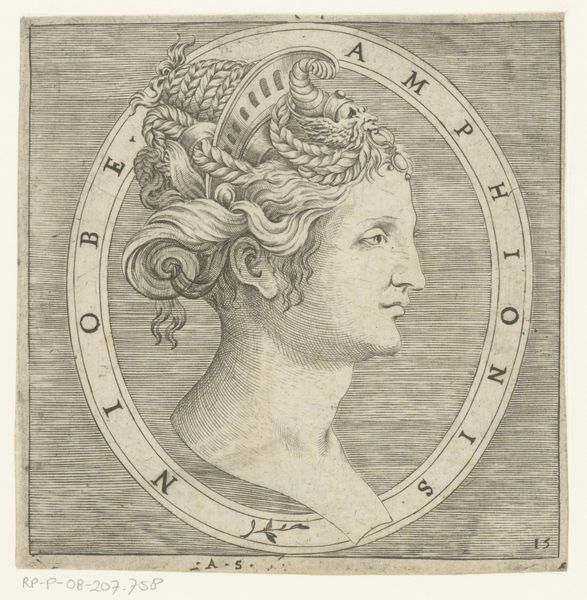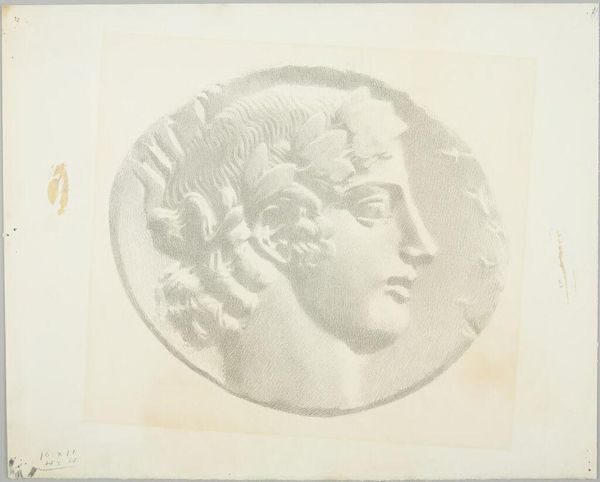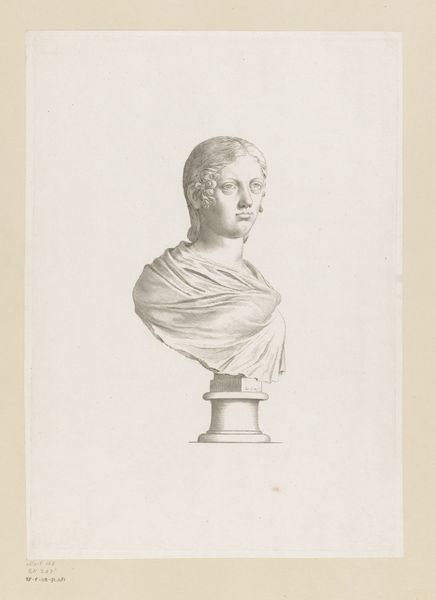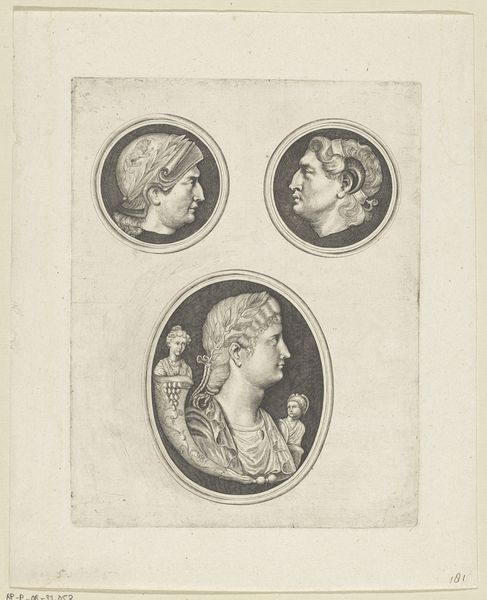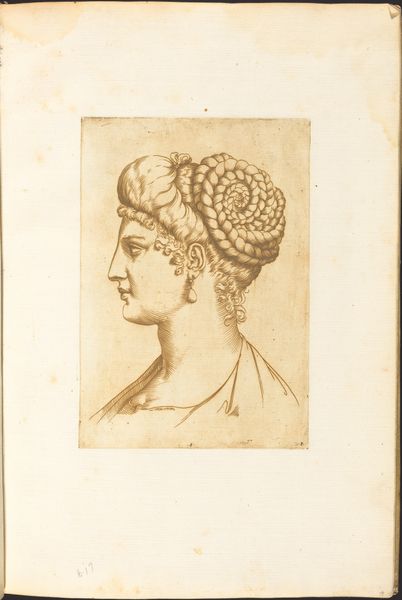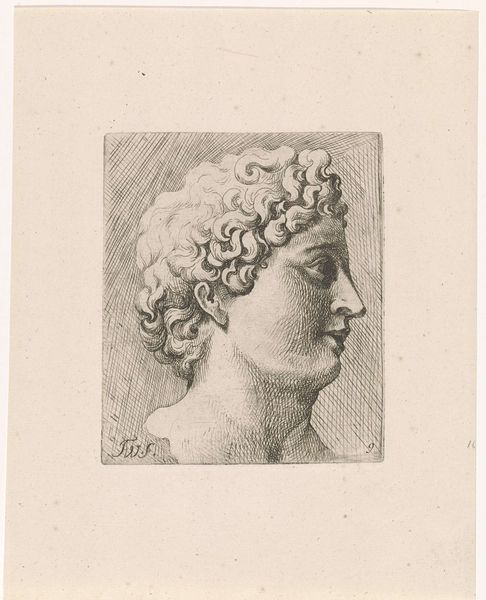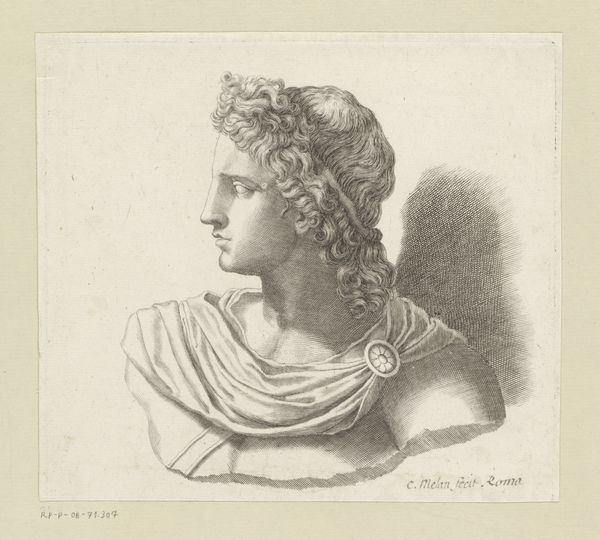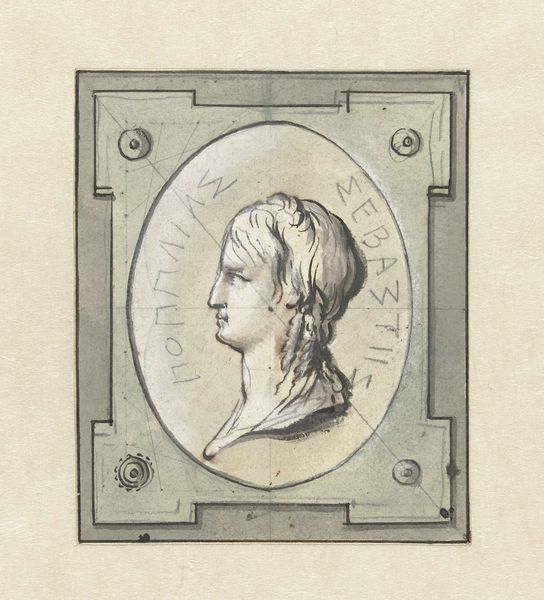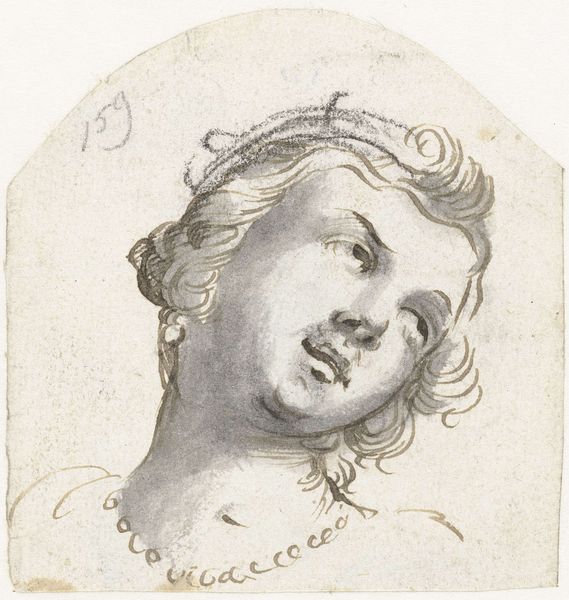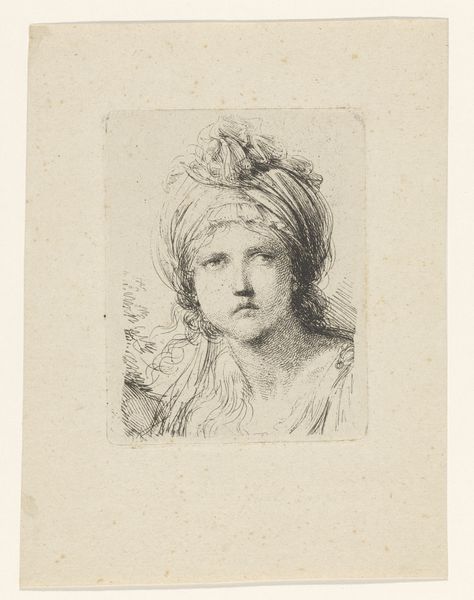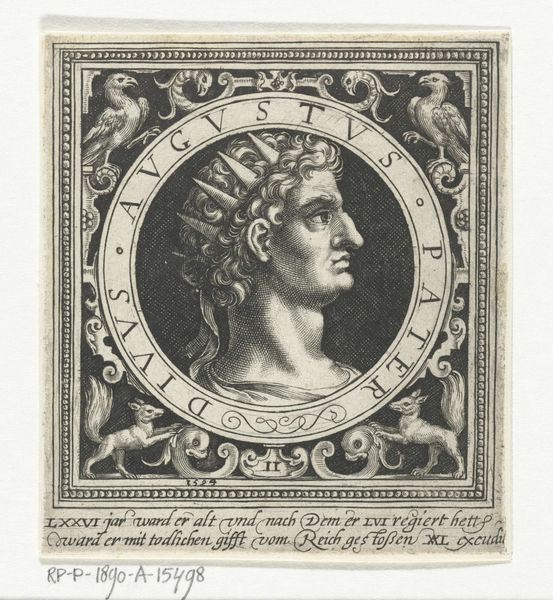
print, engraving
#
baroque
# print
#
form
#
line
#
history-painting
#
engraving
#
realism
Dimensions: height 66 mm, width 73 mm
Copyright: Rijks Museum: Open Domain
Editor: This engraving, "Bust of Alexander the Great," made by Lucas Vorsterman I between 1620 and 1622, presents a profile of the iconic ruler, encased in a perfect circle. There’s almost a photographic realism to it, despite being crafted centuries ago. I can’t help but feel dwarfed by the weight of history it carries. How do you interpret the visual choices Vorsterman made here? Curator: Oh, darling, Vorsterman wasn’t just drawing a face; he was summoning a ghost! Alexander, in this tiny circle, becomes a meditation on power and legacy. That laurel wreath, so neatly rendered, practically whispers, “conqueror.” See how the artist uses simple lines to create form? This speaks volumes about the power of art to evoke a personality. And that little lion peeking out? Genius. He hints at both courage and regality. Doesn’t it make you wonder what Vorsterman was truly thinking of Alexander? Editor: Definitely. The lion detail adds this layer of almost hidden meaning, and considering it was created so long after Alexander lived, there’s a lot to unpack. I’d also add that Alexander has quite the Roman nose. Was he glorifying, idealizing, or something else entirely? Curator: Precisely! This piece isn't a neutral biography; it’s a statement! Vorsterman makes choices that make Alexander look "good," whatever that might have meant to audiences then! It is exciting how a series of clever artistic choices can tell such a fascinating story, wouldn't you say? Editor: Absolutely. The layers of interpretation are what make it truly captivating. Thanks, that really opened my eyes. Curator: My pleasure, let's find another one to pull apart!
Comments
No comments
Be the first to comment and join the conversation on the ultimate creative platform.
